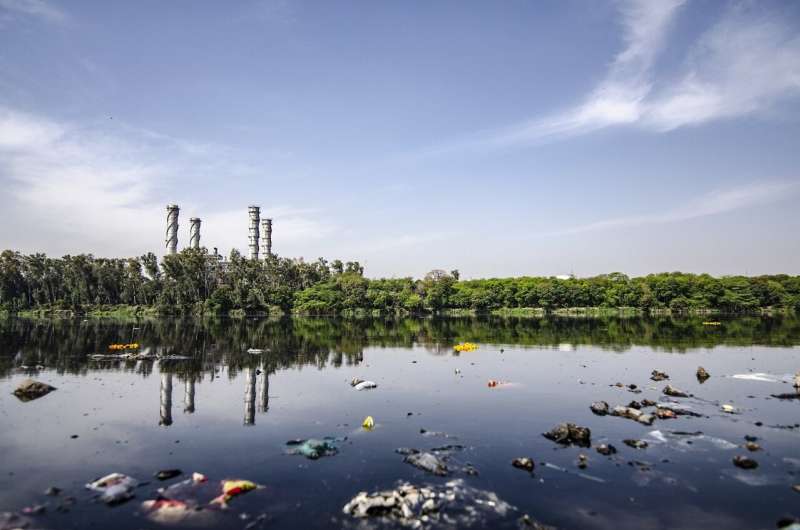Credit: Pixabay/CC0 Public Domain
Mercury pollution is a global problem in water, air and soil near goldmines, cement and some metal production, and other heavy industries burning fossil fuels—with removal too expensive or difficult in some of the poorest countries in the world.
Now Flinders University experts have expanded testing of a sustainable extraction material capable of absorbing almost all mercury in polluted water in minutes—itself made entirely from low-cost waste from the petroleum, citrus and agricultural production.
In fact, the tests showed almost total absorption of mercury within minutes in trial conditions, says senior author Professor Justin Chalker and fellow scientists in a new journal article published by the Royal Society of Chemistry.
"It is clear from the study that this mercury-binding material, invented at Flinders University, is ultra-fast in its ability to remove mercury from water. In some cases, more than 99% of the mercury is captured in just a few minutes," says Professor Chalker.
Chalker Lab co-author Dr. Max Worthington says testing was done on a new material created by coating silica with sulfur and limonene—a novel chemical combination already shown to effectively absorb waste mercury.
"This silica covered with an ultra-thin coating of poly(S-r-limonene), using sulfur left over in petroleum production and orange oil from orange peel discarded by the citrus industry, was extensively tested in various pH and salt concentrations," he says.
"Not only is this new mercury sorbent able to rapidly bind to mercury in water, but is also selective in taking up mercury but not other metal contaminants such as iron, copper, cadmium, lead, zinc and aluminum."
Importantly this means that only mercury will bind to the orange-sulfur sorbent, which helps with safety after capturing the inorganic mercury, adds co-author Dr. Max Mann from the Flinders University Chalker Lab.
"The particles contained in just 27g of this free-flowing orange powder has an approximate surface area of a soccer field, and it can be quickly produced in large enough volumes to suit contamination levels," he says.
Chalker Lab Ph.D. candidate Alfrets Tikoalu says silica sourced from agricultural waste, such as wheat or rice production, could also be used for the material to be made even more sustainable.
"This mercury remediation technology can be a circular economy solution for a more sustainable world because this value-added material is made entirely from waste," he says.
To shore up the findings, mathematical modeling was used to qualitatively understand the rate of mercury uptake—data critical to measuring and optimizing the new sorbent in real-world remediation.
"This is an exciting new development in producing renewable and accessible solutions to major environmental issues facing the world today," says applied mathematician Dr. Tony Miller, another co-author of the publication in Physical Chemistry Chemistry Physics.
The project is an "excellent example of collaboration across chemical and physical sciences and mathematics to understand the rate of mercury uptake by our new and innovative sorbent," Professor Chalker says.
The article, "Modeling mercury sorption of a polysulfide coating made from sulfur and limonene," has been published in Physical Chemistry Chemistry Physics.
More information: Max J. H. Worthington et al, Modelling mercury sorption of a polysulfide coating made from sulfur and limonene, Physical Chemistry Chemical Physics (2022). DOI: 10.1039/D2CP01903E
Journal information: Physical Chemistry Chemical Physics
Provided by Flinders University
























